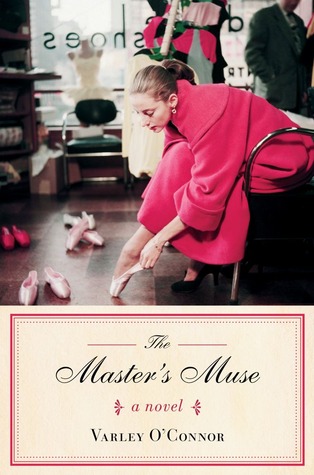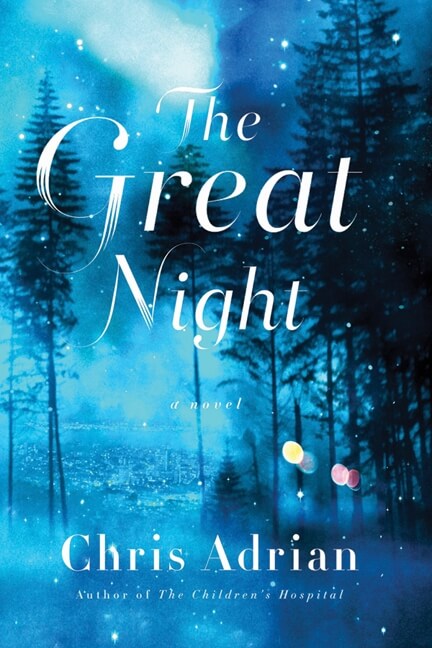Snake Woman and Eleanor Donaldson live in two very different versions of the Canadian prairie in Alanda Greene’s debut novel Napi’s Dance. Snake Woman grows up at a time of upheaval. The palefaced people are making inroads into indigenous land, bringing with them weapons, alcohol, and values foreign to the Blackfoot people. Decades later, Eleanor falls in love with the wide open spaces and huge sky when her family moves from Aurora, Ontario, to a homestead in Medicine Hat, Alberta.
“All this beauty given us, to move through across Napi’s great body to know the stories that guide us on a true path. We will fiercely fight to keep this.”
– Napi’s Dance, Alanda Greene
Snake Woman and Eleanor Donaldson live in two very different versions of the Canadian prairie in Alanda Greene’s debut novel Napi’s Dance. Snake Woman, who begins the story as Snake Child, grows up in a time of upheaval. The palefaced people are making inroads into indigenous land, bringing with them weapons, alcohol, and values foreign to the Blackfoot people. As political strife and outside danger rips at the fabric of her world, Snake Child and her foster mother Mountain Horse are tasked by the mysterious Women’s Society with the honour and responsibility of hosting a Bundle Spirit in their lodge. Several decades later, Eleanor falls in love with the wide open spaces and huge sky when her family moves from Aurora, Ontario, to a homestead in Medicine Hat, Alberta. As the Donaldsons adjust to farming life in a sod house, they are visited by representatives of the Royal Ontario Museum who wish to bring Aboriginal artifacts back to Ontario, to preserve this dying way of life.
This is a beautifully written story, in the tradition of Rudy Wiebe and Guy Vanderhaeghe, exploring settler and Indigenous stories that crisscross the same geographical area at different times. The first half of Snake Child’s narrative is laced with traditional story and great little side trips into the points of view of animals and even rocks and rivers, commenting on the state of the world and the action of the main story. The historical research is obviously meticulous: Greene recreates the complex society in which Snake Child lives, including political and family systems, gender roles, everyday life, and most especially religious beliefs and rituals. Blackfoot cosmology informs the world view: “Lame Eagle had enthralled their son with the story of how Napi set the hills there on his great walk northward, when he created the world. How Napi had drawn, with his finger, the pathway of the Milk River that wound beside them. In hushed tones Lame Eagle would speak slowly. ‘Napi is fond of those hills. He filled them with his spirit'” (p. 17). Trouble arises for the Black Elks and other tribes in the area when Old Man Buffalo, who dwells within a giant stone on the prairie, is moved from his sacred resting spot by a white preacher intent on proving the superiority of the European god. Watching the fraying of political alliances and the approach of disease and discord is heartbreaking in its inevitability for a modern reader: we know how this story will end. Added to this is the Bundle Spirit, a powerful female deity who resides within a Bundle that travels from lodge to lodge.
Interspersed with Snake Woman’s story, we see the world through Eleanor’s eyes. Where her mother despairs of living in a house made of dirt and never having the opportunity to bring out the good china, Eleanor is captivated by the sky, the landscape, and the artifacts and stories of Aboriginal life before the white people came. As someone who is in and out of the Royal Ontario Museum often, I particularly enjoyed Lily Hamilton, a representative of the fledgling ROM, who has set out to collect Aboriginal artifacts to put in the museum. She sees the Indigenous way of life as something that has come and gone, and wants to preserve the memory of it for future generations. She’s also looking for an artifact that’s been stolen and possibly brought back to the prairies. This brings up a fascinating question of museum philosophy: is it truly better to take away part of a still-living group’s heritage in order to preserve it for future generations? Does anyone have the authority to do this? I wonder about this every time I pass the Ming Tomb on the first floor: should it really be sitting in a museum in Canada, or should it be where its inhabitant thought it would rest for all eternity in China?
Each young woman is spirited, pushing against the boundaries her society places upon her. Snake Woman is determined to have a horse of her own and learn to ride and hunt as well as the boys, so that she can take care of her all-female lodge and not rely upon the men for food. And she takes care of her family, too, with iron will. Eleanor takes to prairie life immediately and embarks on a mission, which I won’t spoil, that goes against what she “should” do as an obedient girl. They are good counterpoints to one another.
The structure of the book is somewhat problematic, alternating between two timelines with no real differentiation between the two in terms of tone. I was at first confused about how Eleanor’s family would be homesteading at the time of Fort Edmonton before I realized that we’d jumped forward a number of years. The two stories are unevenly represented, with 220 pages of Snake Woman’s tale for 50 pages of Eleanor’s, plus a coda the two share, which means that Eleanor’s parts feel a bit small and rushed compared to Snake Woman’s. And yet, I felt distanced from Snake Woman as a character. We are introduced first to Mountain Horse and her foster daughter Owl Woman, learning about the life they’ve shared as Owl Woman gives birth to her baby. She doesn’t survive childbirth, and we meet Snake Woman as a new infant, and then as a secondary character viewed through the eyes of Mountain Horse as a special, if irascible, child. It isn’t until she’s a bit older that we start to see the story through her perspective, and I never quite connected with her because of it. Had we perhaps seen her birth and younger years through flashbacks or better yet through stories told by Mountain Horse, always through Snake Woman’s own eyes, she would have been a stronger character. Eleanor, meanwhile, is brought to life so well that I was left wanting more of her, and more of her Uncle Bernard who seems to figure large in her life but doesn’t appear until very late in the narrative. Had the book been structured differently, perhaps starting with Eleanor’s coming to the prairies and her first meeting with the much older Snake Woman (and perhaps told in the present tense, to differentiate time periods more solidly), then jumping backward in time to tell Snake Woman’s tale, and finally joining together at the end to tell the part of the story the two women share, the book would be stronger.
Very traditionally written (the way the narrative and style feels, it could have been written in the 70s just as easily as now), the book is nonetheless compelling. I particularly appreciated the emphasis on female roles and lives within these societies. A consideration of the Canadian prairie and its peoples at two different points in its history, this intersecting story of two young women from different worlds in the same geographical space is a lovely read. It would dovetail nicely with high school and university history or English courses as a vivid glimpse into two ways of life that are now gone.
Three and a half out of five blue pencils
Book received from Second Story Press in exchange for a fair, unbiased review.
Napi’s Dance, by Alanda Greene, published in Canada by Second Story Press, © 2012
Available at the Second Story site, Amazon, Indigo, and fine independent bookstores everywhere.
You might also like:





5 thoughts on “Prairie endings and beginnings: a review of Napi’s Dance by Alanda Greene”